Digital Synergy: Empowering L.A. Arts Organizations

In partnership with The Mary Pickford Foundation and Mary Pickford Arts Alliance, this Designmatters studio challenged ArtCenter students to investigate the local landscape of non-profit arts organizations to understand their unique challenges. Students developed digital platform concepts for how these nonprofits can virtually collaborate to share resources, attract new volunteers and garner funds for future and ongoing programs – fostering networking opportunities and creating a support system for organizations to grow and innovate.
Student Teams focused on developing websites and applications that could be embraced by a variety of users, and strategies that could bring together entities to share missions, projects and needs. Students also incorporated an effective use of AI that could uncover options and possibilities for organizations, volunteers, and donors.
Final website designs reflected a clear mission that allows seamless communications between organizations and individuals, and provides a place where arts nonprofits can learn, help and inspire each other to continue serve their communities and fulfill their missions.
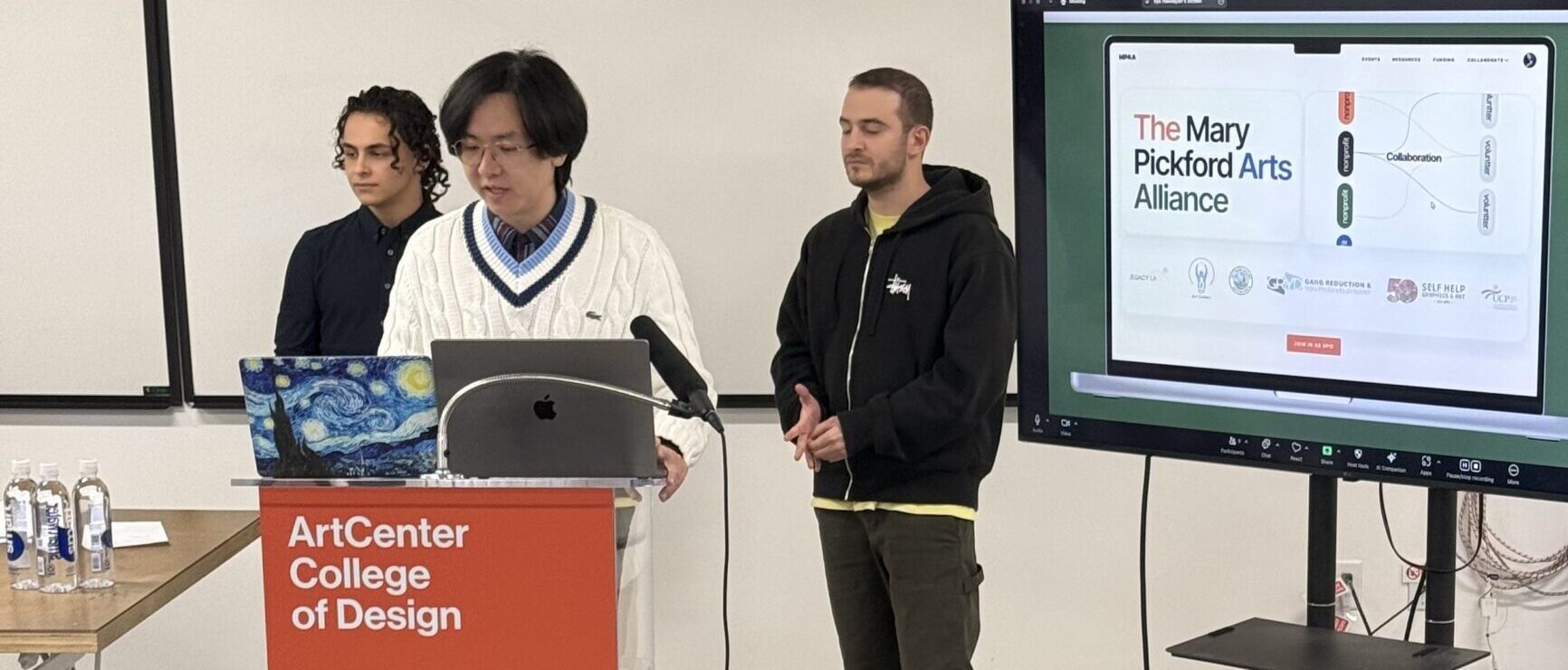
Quotes
“This project will give nonprofits a voice to tell their stories.”
– Keith Lawrence, Founder, Arts Consortium LA
Research and Project Development
Prior to the start of the studio, students did preliminary research about the challenges of nonprofit arts organizations in Los Angeles and brought a series of question to the first class.
At the kickoff session, Designmatters Executive Director, Jennifer May conducted a Q& A interview with Mary Pickford Arts Alliance founder Keith Lawrence. Students learned that the consortium is arose from the Mary Pickford Foundation and is charged with forging social change through artistic means. The conversation provided depth about the partner’s goal of connecting local art nonprofits through a digital platform to amplify individual missions while reaching new audiences and finding collaboration for projects and resources.
Lawrence discussed how collaboration between various organizations helps fundraising and support for communities being served, but often nonprofits don’t know how to find help. Nonprofits also don’t fully understand the value of sharing resources since they typically are competing with others for funds and grants; so these organizations often work in isolation, when they could be united.
Some organizations need help fleshing out concepts and having other like-minded nonprofits’ experience and creativity could help them take their ideas to the next level.
Research, Ideation, Refinement
Initial research involved delving deeper into the landscape of nonprofits in Los Angeles, specifically the art sector, and how their mission contributes to community and the value they bring to residents. Art programs are often first to be cut from schools and defunded by government; nonprofits fill the gap by offering potential life-changing experiences to people of all ages.
Cynthia Cortez from the Center for Nonprofit Management provided the students with an overview of nonprofits, explaining how and why they are created and maintained, along with the world of grant writing, tax ramifications, marketing opportunities and more. This down-to-earth snapshot of the organizational structure of nonprofits provided the students with tangible information. Learning the terminology of the nonprofit world allowed students to better understand how the system works – and to speak in that language for their final designs.
Student teams conducted in-depth focus group interviews with executives from local arts nonprofits, each of whom generously shared their time and expertise. Each team was paired with one nonprofit for a face-to-face discussion; through carefully crafted queries and follow-up questions, teams drilled down into the basic organization needs, what obstacles they face, how they interact with volunteers and the community along with the constant struggle for find funds to service their program and target audiences.
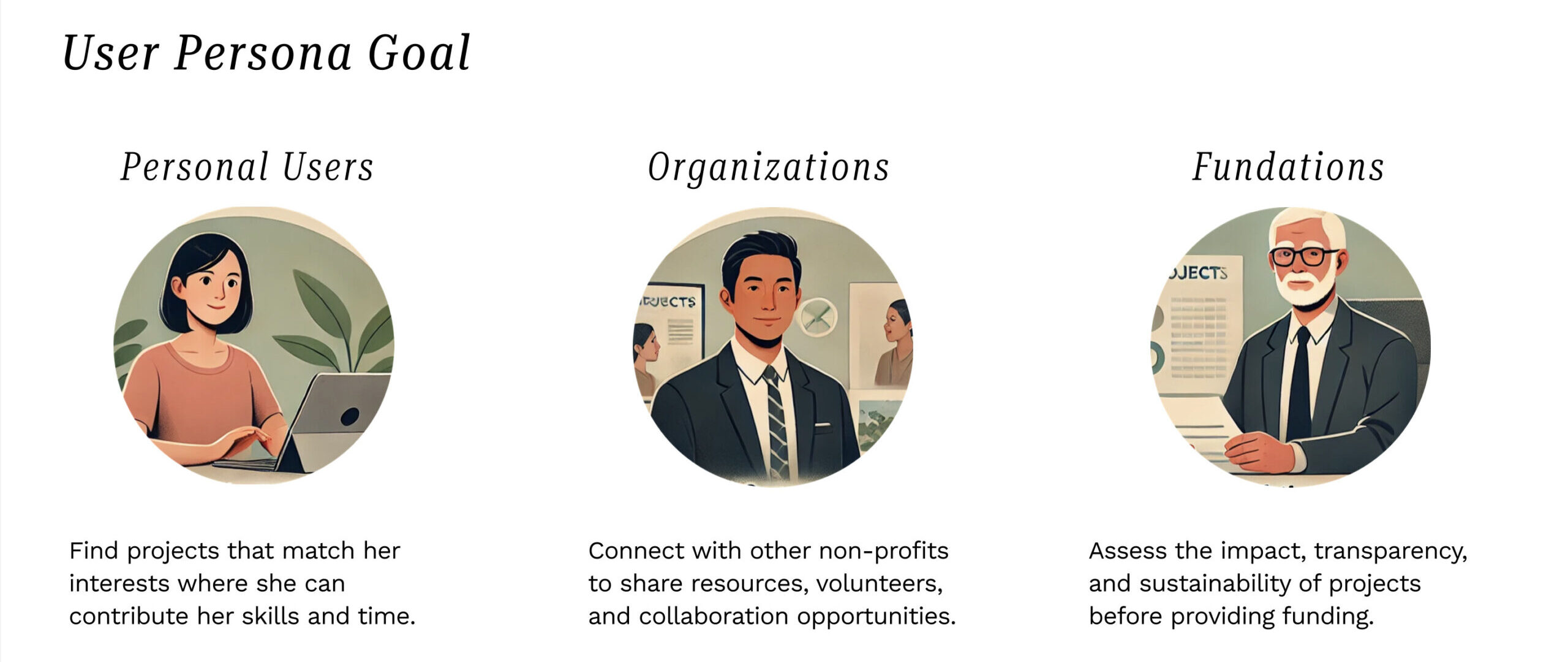
Quotes
“This class is important for students because it allows them to not just have a hypothetical project, but something that is more akin to a real-life scenario. They’re solving a real problem. In other classes, they create the problem then, they create a solution. Here they needed to respond to a problem that’s not of their making.”
– Thomas Meredith, Faculty, Interaction Design
Teams documented their discussion and shared briefing results with other teams; each student team was now empowered with detailed synthesized research findings that could be used in their design thinking.
As they worked on this real-world problem, students were also immersing themselves in the practical instructions of interactive design strategies. Students first identified their primary website user(s) and decided how to rank and position content to appeal to that audience. Teams created a user experience pathways and also considered branding opportunities and community social impact. Informed by their individual interview subject, teams’ designs contained unique elements that arose from that discussion.
As they refined their digital creations, students were challenged to “create something that could never exist, that was thought impossible” using their research documentation and the tools available. In addition, teams were encouraged to view their ideation as not just a static response to current needs, but how their design could grow and scale over time.
The power of Artificial Intelligence (AI) became an important ingredient into the teams’ ideation since many users – with their own resources, volunteers, needs, etc. – will sign up to participate; incorporating effective AI-based functions would provide ease of use and quick answers/suggestions.
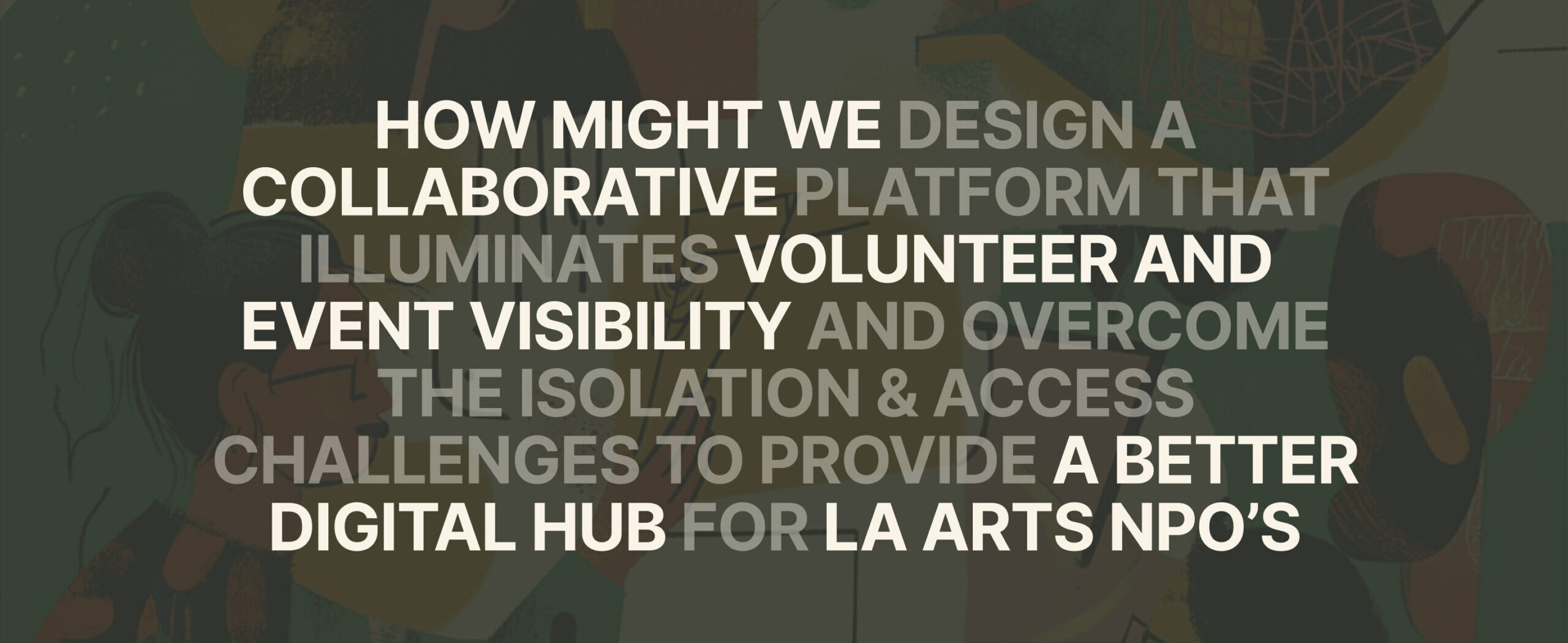
Quotes
“Sometimes we’re super-siloed with our majors, and I wanted to diversify my education. With Designmatters I would see where my photography and technology could come into interaction design or a broader curriculum.”
– Zack Schlieman, Student, Photpography & Imaging with Designmatters Minor in Social Innovation
Midterm presentations allowed students to formally share their field research and how that guided their initial design concepts. Teams presented their findings, offered three specific pain points, how collaboration could work on a digital platform, and how AI could be implemented to assist users.
Knowledge partners held the students accountable to their overriding goal, questioning their decisions and applauding their design thinking so far.
As teams refined and clarified their digital website ideations, they were also practicing their presentation skills and how they can verbally and graphically explain effectively their design thinking choices. Teams also finalized color branding decisions for their digital platform, along with logotype selections and other visual design elements.
Teams worked toward the final presentation building their confidence, knowledge and habits that would sustain them as future designers.
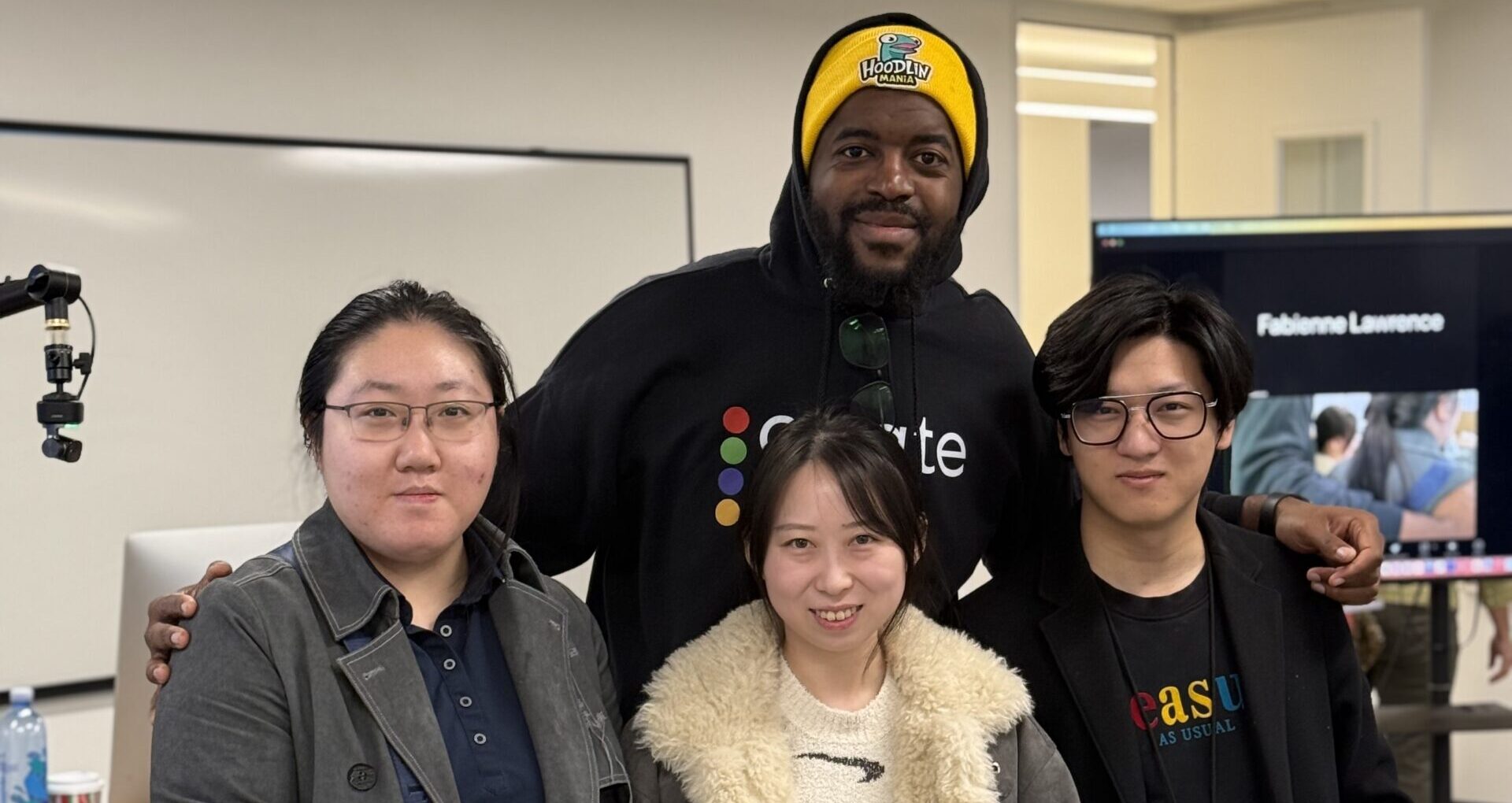
Quotes
“I took this class because I wanted to experience a different collaboration style, especially with stakeholders, since I have never interacted with nonprofit stakeholders. I wanted to see how the process is the same and how it’s different.”
– Claire Li, Student, Interaction Design with Designmatters Minor in Social Innovation
Project Outcomes
At the studio final, six teams presented final projects; each featured a project brief, research overview, key insights that directed their design thinking, user profiles, and a design statement that encapsulated their Big Idea for the websites.
Each team used the same basic wireframe application and incorporated common elements, page mock ups and digital prototypes. These were: a homepage, elements that would appeal to their target audience, onboarding design, content, about, contact information and a calendar of events. A big element included how AI could be adapted for easier search, suggestions and other common usages.
Each team imagined more than one distinct audience type for their digital interface. Students explained how each user would access, interact and work within the ramifications of the website.
Outcomes
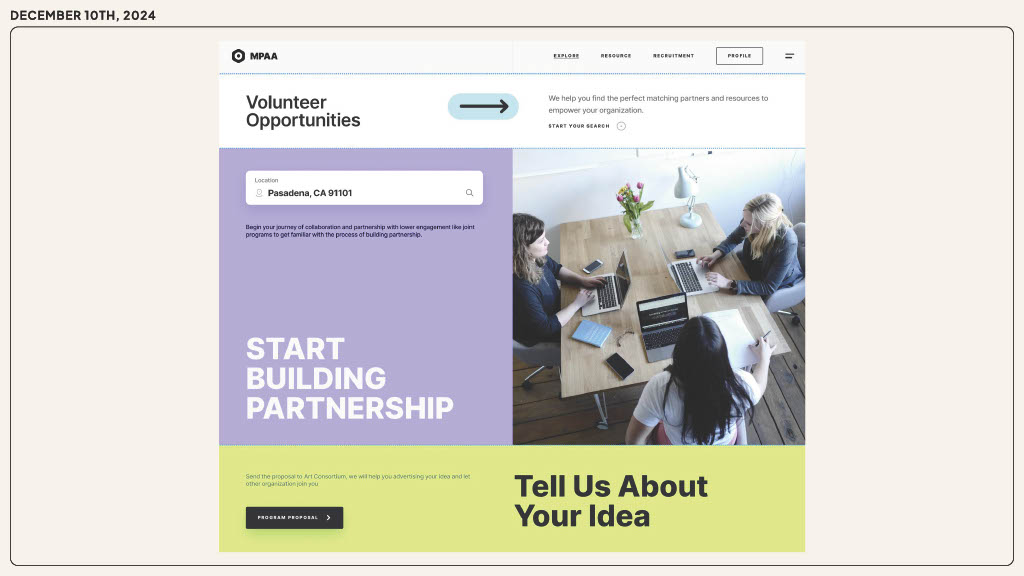 close
close
Team One
Read moreIila Kakobyan, Zack Schlieman, Kaiyi Tan
Intended audience: nonprofit staffers, volunteers. Key features: volunteers can choose to search through nonprofit listings for other volunteer opportunities including specific locations; nonprofit staffers can add upcoming calendar events and workshops.
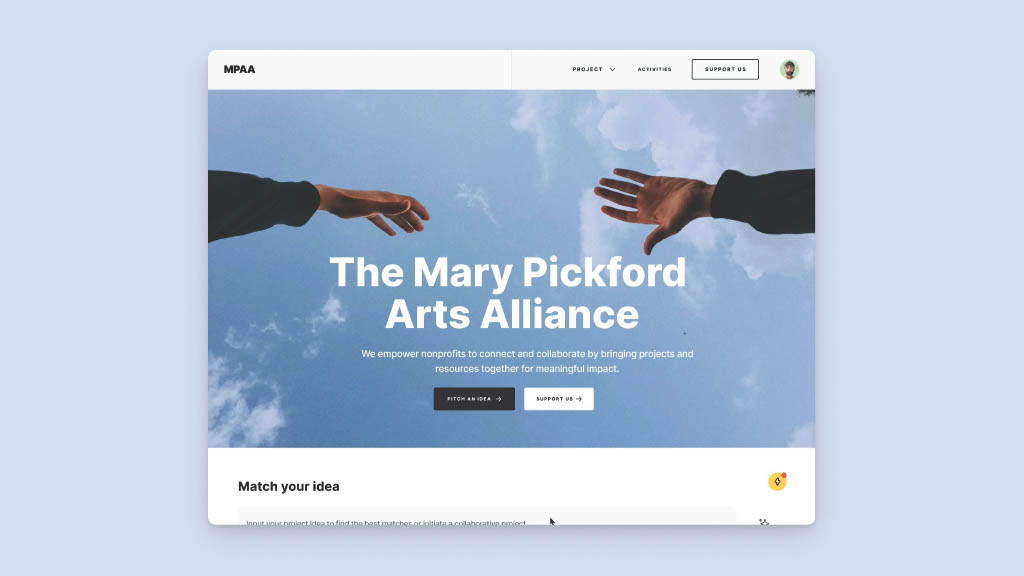 close
close
Team Two
Read moreSabrina Chen, Jinyu Huang, Victoria Yatao Ren
Intended audience: nonprofit staffers, donors Key features: AI-powered search and recommendations for nonprofits for possible collaborations and specific projects. Users can also make specific donation amounts to a nonprofit through online fundraisers.
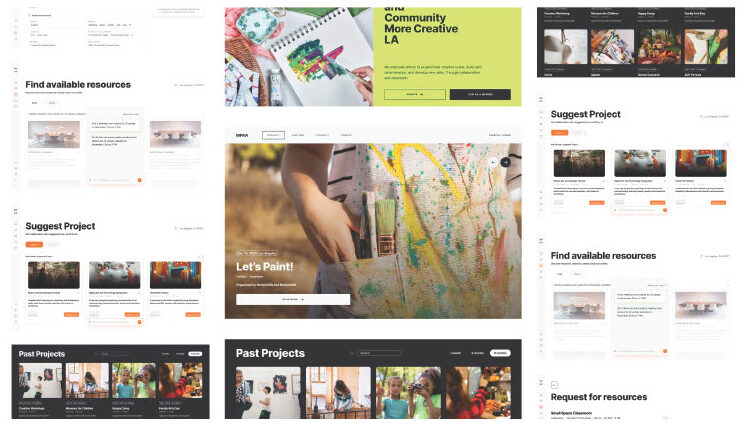 close
close
Team Three
Read moreJacey Chung, Claire Li, Tim Shih
Intended audience: nonprofit staffers, fundraising staff Key features: AI-generated proposals that suggest joining an upcoming or current project, showcasing nonprofit collaborations to encourage donations and other financial support; and a resource sharing marketplace.
 close
close
Team Four
Read moreMika Meihan Hu, Jacqueline Huo, Oscar Zihe Wang
Intended audience: nonprofit staff, volunteers, partners (businesses, associations, foundations etc.) Key features: Nonprofits can create their own profile on the platform and have a digital presence outside of social media. Nonprofits can also create or update a specific project timeline, showing the steps needed for the project’s success – and how others are needed at certain times.
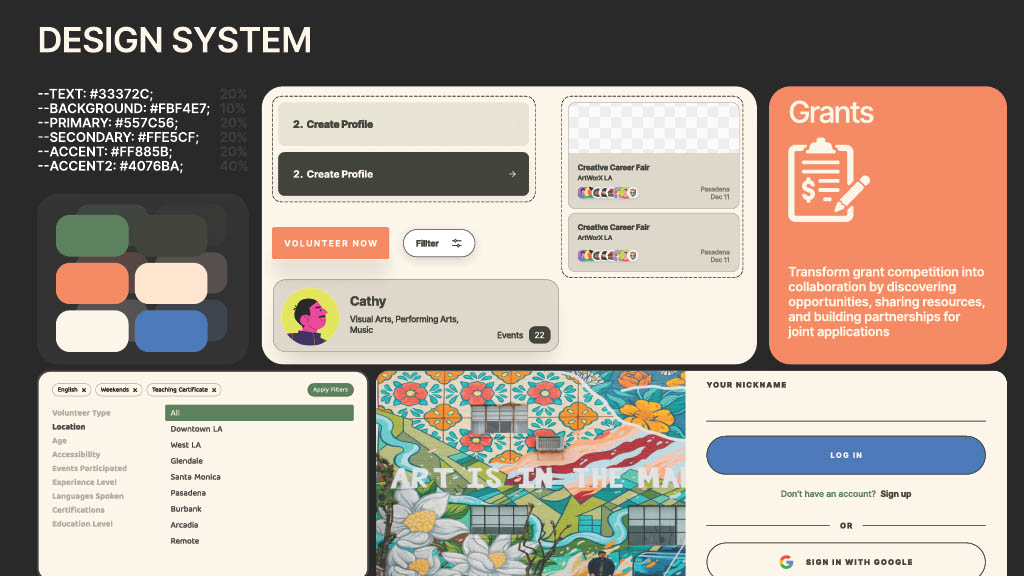 close
close
Team Five
Read moreKeith Ren,Mona Wang, Wei Wei
Intended audience: nonprofit staffers, volunteers, partners (businesses, supporting organizations) Key features: Internal and external collaborations; partners and volunteers can browse events/projects which are sharable to their larger networks; events can be created for specific art-field audiences and networks; and a donation page allows others to contribute financial support.
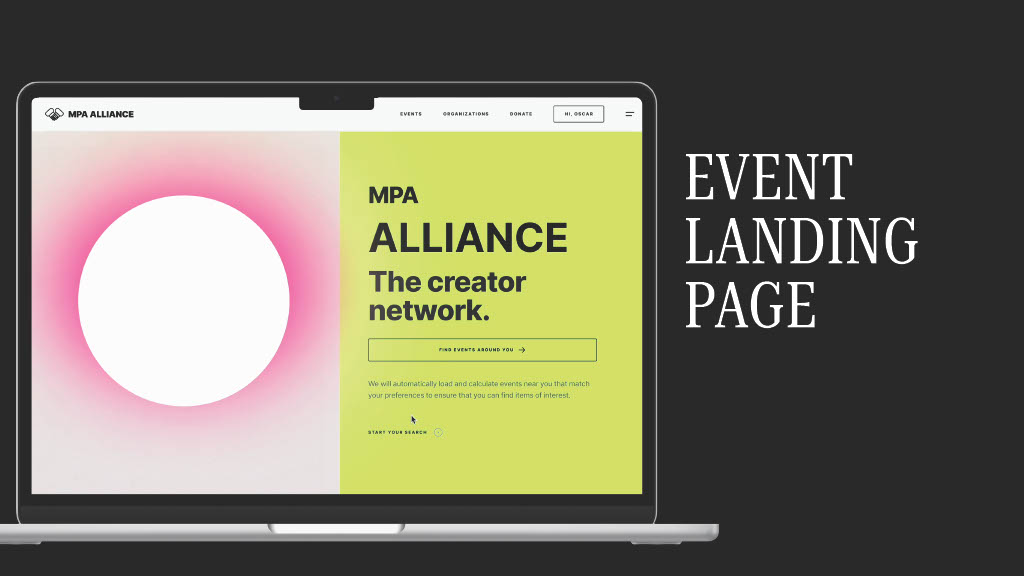 close
close
Team Six
Read moreAnnie Chen, Tingyu Tian, Xianghan(Gavin) Zeng
Intended audience: nonprofit staffers, volunteers Key features: Partnership matching through AI suggestions, a resource component that includes a feedback section; an easy way for volunteers to be recruited with an online profile to help find the most qualified volunteer; and volunteers can search for opportunities that most interest them.